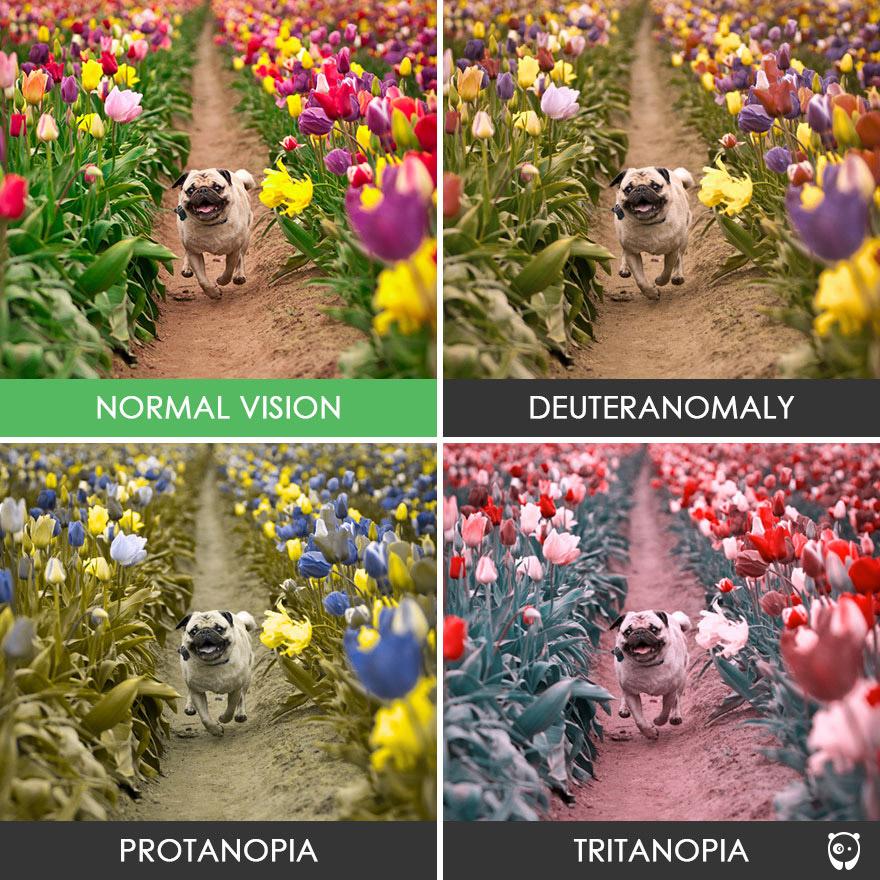Happy New Year from all of us OCLI! We don’t know about you, but we’re back in the post-holidays swing of things delivering the friendliest, most comprehensive eyecare you can shake a stick at!
At OCLI, we offer a full range of services to ensure that your eyes are happy and healthy, including routine eye exams, specialized screenings, cataract surgery, LASIK surgery, dry eye solutions, oculofacial surgery, and much, much more.
For those of us in the eyecare field, we see a lot of things that most people never think much about. One of those things is what has historically been referred to as “color blindness,” but which today is better understood and referred to as “color vision deficiency” or CVD.
There are actually multiple types of CVD, with complete color blindness (monochromacy) being exceptionally rare and seen in only 0.00003% of the world’s population. This is the only type of CVD where a person is truly blind to color and sees only in black and white. All other kinds of CVD are characterized by either a muting of color or a narrowing of the range of colors that can be distinguished.
So what is it actually like to experience CVD? It depends on the particular kind of CVD a person exhibits. To understand the most common kinds of CVD, it’s helpful to establish a “baseline” of what characterizes normal color vision in order to better understand deviations from it.
Normal color vision is characterized by the ability to clearly discern vivid color across a broad spectrum (all the colors of the rainbow – red, orange, yellow, green, blue, indigo, and violet) and to differentiate subtle variations of hue.
The most common kind of CVD is called Deuternomalia. It is seen in 4.63% of men and 0.36% of women, and is characterized by a subdued perception of color. Whereas people with normal color vision see the world in “magic marker” brights, people with Deuteronomalia see the world in muted “chalk color” hues. Most people with this kind of CVD never realize their vision is different than other peoples’ unless their condition is so severe that it leads them to seek diagnostic vision screening.
The second most common kind of CVD is called Protanopia, and it exclusively affects men (at a rate of about 1%). This variation of CVD manifests as an inability to distinguish between green and red. This is not because green and red are “invisible” to a person with Protanopia, but rather because they are both perceived as so faded that they appear virtually identical.
The third most common kind of CVD is called Tritanopia and is characterized by the perceptions of all colors as seen through a green or pink filter. Affecting only 0.0001% of men and women, it is rarely encountered by most eyecare professionals.
Curious about how the world looks through each of these kinds of CVD’s? Take a look at the image below and see for yourself!

At OCLI, we can screen for various kinds of CVD or just about anything that might get in the way of allowing you to see the world as it deserves to be seen! Reach out to us today and start 2018 with a visit to OCLI for the friendliest, most comprehensive eyecare this side of the rainbow!